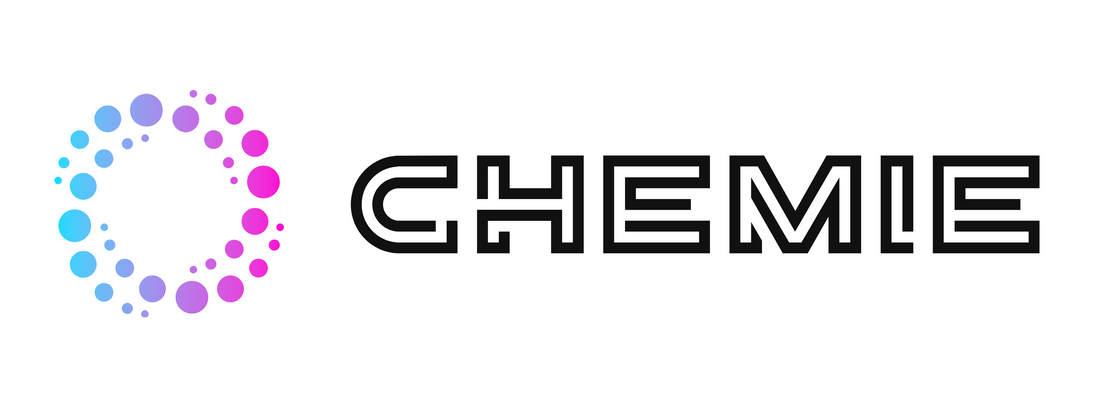How Chemie can Save You Time, Stress, and Money.
How Chemie can Save You Time, Stress, and Money.
Blog Article
Some Known Factual Statements About Chemie
Table of ContentsChemie Fundamentals ExplainedThe Of ChemieThe Chemie IdeasSome Ideas on Chemie You Should KnowExcitement About ChemieGet This Report on Chemie
By Bojanna Shantheyanda, Sreya Dutta, Kevin Coscia and David SchiemerDynalene, Inc. Liquid air conditioning, which can be attained using indirect or direct means, is utilized in electronics applications having thermal power densities that might go beyond safe dissipation via air cooling. Indirect liquid cooling is where heat dissipating digital components are physically separated from the fluid coolant, whereas in instance of straight cooling, the elements are in straight call with the coolant.In indirect cooling applications the electric conductivity can be essential if there are leaks and/or splilling of the fluids onto the electronics. In the indirect cooling applications where water based fluids with deterioration preventions are normally made use of, the electric conductivity of the fluid coolant generally relies on the ion concentration in the liquid stream.
The increase in the ion concentration in a closed loophole liquid stream might happen due to ion leaching from metals and nonmetal parts that the coolant fluid is in call with. During procedure, the electrical conductivity of the fluid may enhance to a degree which can be hazardous for the cooling system.
Things about Chemie
(https://allmyfaves.com/chemie999?tab=chemie999)They are bead like polymers that can exchanging ions with ions in a remedy that it touches with. In today job, ion leaching tests were carried out with numerous steels and polymers in both ultrapure deionized (DI) water, i.e. water which is treated to the greatest degrees of pureness, and reduced electric conductive ethylene glycol/water combination, with the gauged change in conductivity reported over time.
The samples were enabled to equilibrate at area temperature level for 2 days prior to taping the first electrical conductivity. In all tests reported in this research study liquid electrical conductivity was gauged to a precision of 1% utilizing an Oakton CON 510/CON 6 collection meter which was calibrated prior to each measurement.
How Chemie can Save You Time, Stress, and Money.
from the wall surface home heating coils to the center of the heating system. The PTFE sample containers were placed in the furnace when steady state temperature levels were reached. The examination setup was eliminated from the heating system every 168 hours (seven days), cooled down to space temperature with the electric conductivity of the liquid determined.
The electrical conductivity of the liquid sample was monitored for a total amount of 5000 hours (208 days). Schematic of the indirect closed loophole cooling experiment set-up. Parts used in the indirect closed loop cooling experiment that are in call with the fluid coolant.

The Basic Principles Of Chemie
The change in fluid electrical conductivity was kept track of for 136 hours. The liquid from the system was gathered and kept.

0.1 g of Dowex material was contributed to 100g of fluid samples that was absorbed a separate container. The mixture was stirred and alter in the electrical conductivity at room temperature was gauged every hour. The gauged adjustment in the electric conductivity of the UP-H2O and EG-LC test fluids including polymer or steel when involved for 5,000 hours at 80C is revealed Number 3.
The 15-Second Trick For Chemie
Ion leaching experiment: Calculated adjustment in electrical conductivity of water and EG-LC coolants including either polymer or steel examples when submersed for 5,000 hours at 80C. The results show that metals contributed fewer ions into the liquids than plastics in both UP-H2O and EG-LC based coolants.
Fluids including polypropylene and HDPE displayed the most affordable electrical conductivity modifications. This might be due to the brief, inflexible, direct chains which are less most likely to like it add ions than longer branched chains with weak intermolecular pressures. Silicone likewise performed well in both test fluids, as polysiloxanes are usually chemically inert because of the high bond power of the silicon-oxygen bond which would prevent destruction of the material right into the liquid.
The Basic Principles Of Chemie
It would certainly be expected that PVC would produce similar results to those of PTFE and HDPE based on the similar chemical structures of the materials, nonetheless there might be various other pollutants present in the PVC, such as plasticizers, that might impact the electric conductivity of the fluid - meg glycol. Furthermore, chloride teams in PVC can also leach into the examination liquid and can trigger a rise in electrical conductivity
Buna-N rubber and polyurethane revealed indications of destruction and thermal disintegration which recommends that their feasible energy as a gasket or sticky product at higher temperatures might bring about application problems. Polyurethane entirely degenerated right into the examination liquid by the end of 5000 hour examination. Number 4. Prior to and after pictures of metal and polymer samples submersed for 5,000 hours at 80C in the ion leaching experiment.
Measured adjustment in the electrical conductivity of UP-H2O coolant as a feature of time with and without material cartridge in the closed indirect cooling loop experiment. The gauged adjustment in electrical conductivity of the UP-H2O for 136 hours with and without ion exchange resin in the loophole is received Number 5.
Report this page